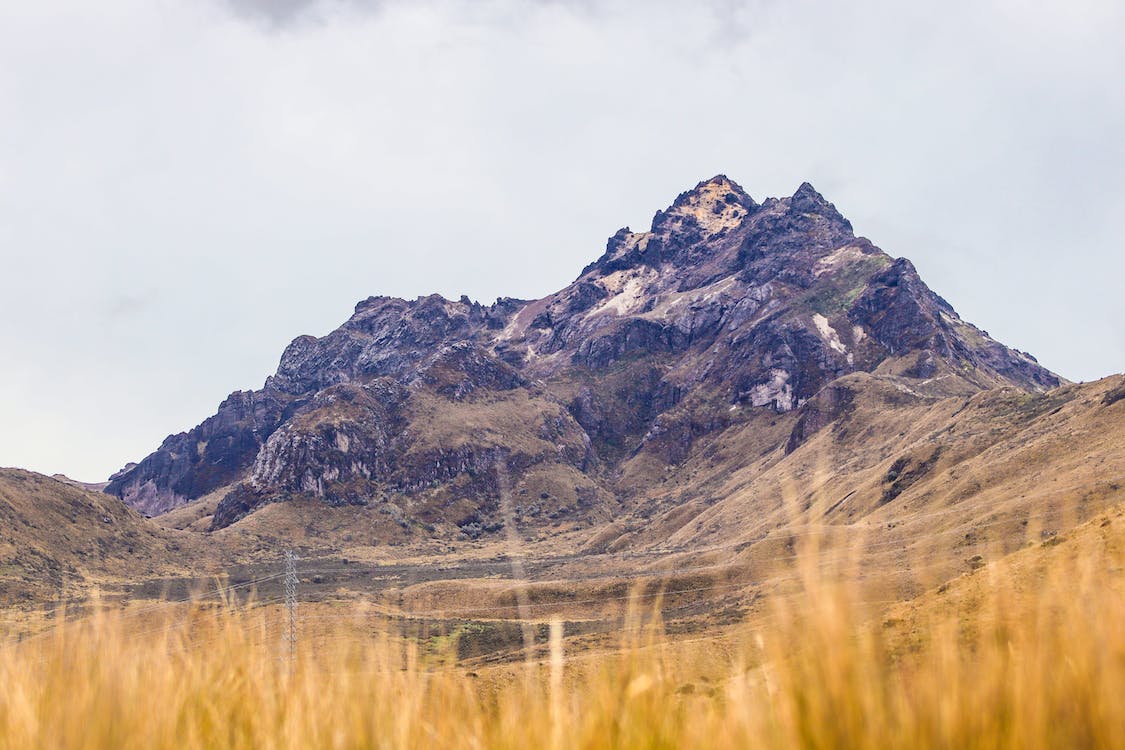Location:Ecuador
What do you know about Ecuador? Did you know that Ecuador is the closest country to outer space and that it is the only nation in the world named after a geographical feature? Or that it’s also the first country to recognize the rights of nature formally? Familiar with Evolution? Its concepts were birthed when Charles Darwin made studied patterns in the Galapagos Islands in Ecuador.
But more than this, Ecuador also is home to many summits mountaineers would travel for. Chimborazo, Cotopaxi, and Cayambe are mountain volcanoes that have grabbed the attention of many hikers. It’s vital to understand more about these summits before reaching the top. When you have done so, then you can bop to the top!
Facts and History of the 3 Mountain Volcanoes
Chimborazo
It is considered the closest point on the Earth to the Sun as the highest mountain in the country. What once was an active stratovolcano, Chimborazo is currently inactive and found in the Cordillera Occidental range of the Andes. At 6263 m high, this mountain has the 18th most prominent mountain peak of the world.
Chimborazo’s last eruption was recorded to be around 550 A.D. During the earlier years of the 19th Century, Chimborazo was considered the Earth’s highest mountain when measured from sea level. One of the routes taken to reach the top is called Whymper Route, named after Edward Whymper, an English climber who, in the 1880s, successfully reached the summit.
Cotopaxi
In second place in the contest of the highest summits of Ecuador, Cotopaxi elevates to 5,897 m. It is considered one of the Earth’s highest volcanoes and is part of the volcanoes’ chain in the Pacific Ring of Fire. Known for its beautifully symmetrical cone, it is also an attraction for many because it has one of the few equatorial glaciers.
Since 1738, this stratovolcano has erupted over 50 times, thus the creation of several valleys formed by mudflows or lahars. Its most recent eruption from 2020 took place from August 2015 to January 2016. Because of the event, Cotopaxi was officially closed to those who wish to climb it. The volcano has started to welcome hikers again on October 7, 2017.
Cayambe
At 5760 m, Cayambe is the 3rd highest mountain in Ecuador. Located in the Pichincha Province, in the Cordillera Central, it is part of the Ecuadorian Andes. The volcano has a permanent snowcap and is a Holocene compound volcano. Glaciers are also found on the eastern flank.
The first person to climb it Edward Whymper, an English adventurer, and his Italian companions, Jean-Antoine Carrel, and Louis Carrel, in 1880. Its last eruption took place in March 1786.
The Best Time to Climb
Chimborazo can be climbed throughout all the 365 days of the year, but the best time is from November to February and May to July. Many people discourage climbers between March and April because of the massive volume of snow and rain.
Because Cotopaxi makes its own microclimate and has better clarity when climbing than all of the other mountains, it can be climbed almost all year-round. The driest months are June and July.
From December through January, Cayambe goes along with Altar and Sangay in naming these months as the best time to climb it.
Climbing Difficulties
Taking around an average of 7-8 hours to successfully climb the mountains, Chimborazo may be challenging but not too difficult. It’s comparably faster to hike than many other 6000 m elevations. However, this should be no reason to underestimate this giant. It can sometimes be very dangerous, and there sometimes can be sudden storms. Hikers need to acclimatize in the lower peaks of the country before attempting to reach the summit.
Cotopaxi isn’t the most difficult, but it can require the utilization of ice axes, ropes, and crampons. This mountain is very well crevassed, even up to the peak, and is spacious. However, hikers must be wary of the many snow bridges. Mountaineers should also watch out for the hanging seracs at 5,400 m.
Although not very difficult in terms of the technicalities, Cayambe can be dangerous because of its actively moving glaciers, avalanches, and crevasses. Its challenging landscape requires hikers to be prepared. A standard ascent can cost a hiker around two days.
Why climb these mountains
Other than these three bestowing mountaineers the best, breathtaking panoramic views, it allows them to be prepared for more challenging climbs. Popular amongst the hikers, the Ecuador Volcanoes are quite iconic. Being the closest point to the Sun, hiking these peaks has made several the sense of accomplishment that leads them to say during any conversation that they have been the closest to the mysterious Outer Space.

